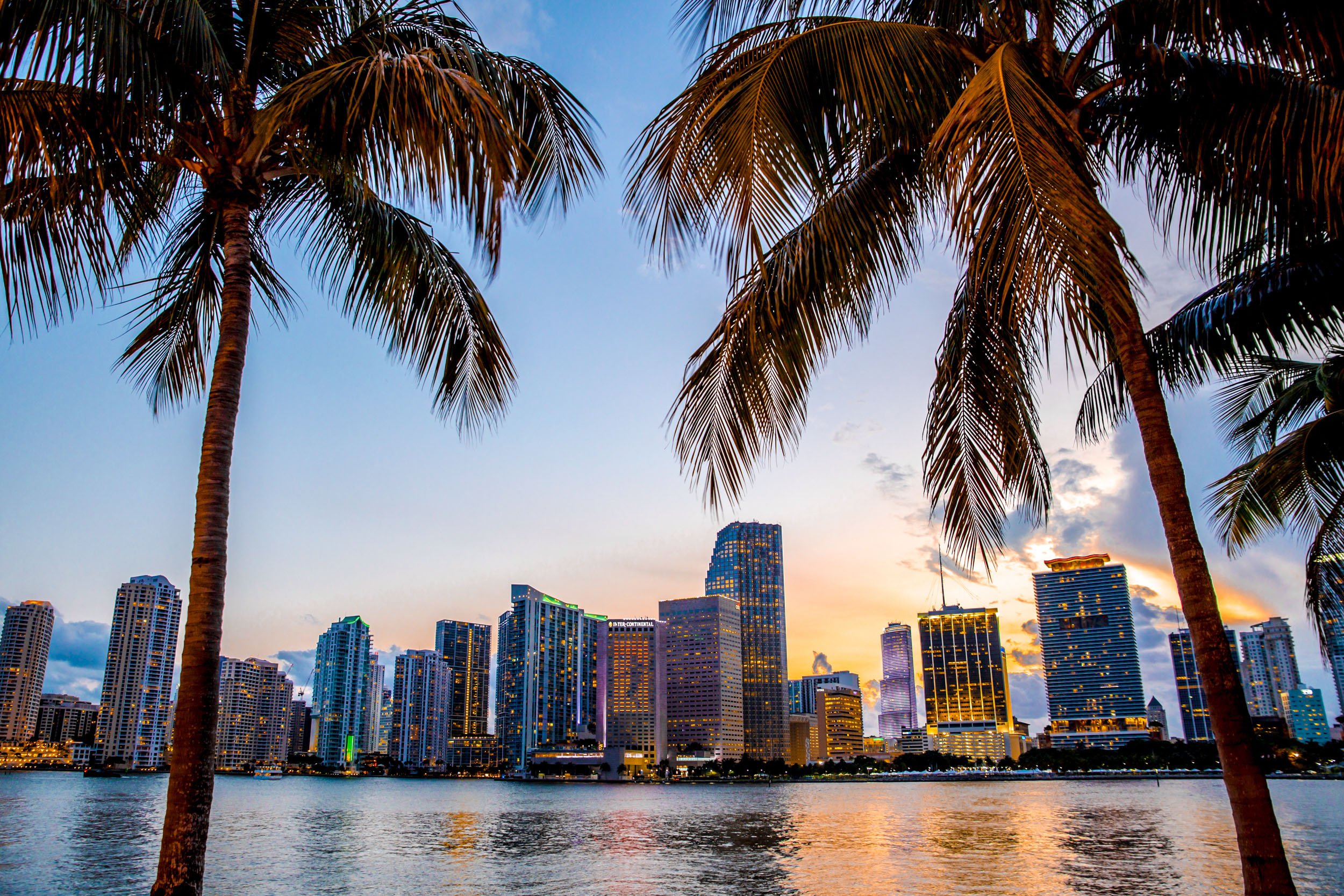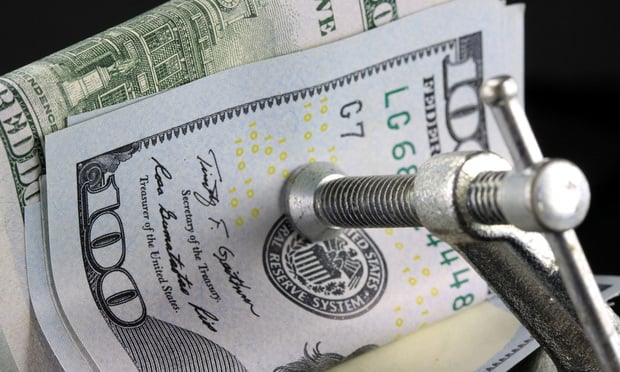GlobeSt.com: So what does '06 look like?
Camilli: The economy next year should see above-trend growth between 3.5% and 4%. We'll continue to have double-digit growth in corporate profits, and I expect that underlying productivity will be 3%. The consumer price index will decelerate from the current rate of 4% to 3% as oil prices come off. Also, short-term interest rates will peak with the federal funds rate at 4.5% at the Jan. 31 meeting of the Federal Open Market Committee. The long end of the yield curve as measured by the 10-year will end 2006 at somewhere between 4 and 4.5%. This fits with my longer-term thesis that I laid out in the spring of 2000 that the coming decade post-birth of the Internet would be characterized by an environment of disinflation, high productivity and high real GDP growth, as well as relatively low yields in both the short and long end of the curve.
GlobeSt.com: And interest rates?
Camilli: I hope that at the Jan. 31 meeting they'll stop raising rates at 4.5%.
GlobeSt.com: Any reason to believe it won't happen that way?
Camilli: The consensus on Wall Street is that the Fed should continue to raise rates up to 5% on fed funds. [San Francisco Fed president] Janet Yellin has said that the neutral rate for fed funds is somewhere between 2.5% and 5.5%. I guess people from the Fed and Wall Street are looking at further acceleration in CPI. They're looking with the expectation that productivity growth will decelerate and concluding that wage and price pressures are coming, so the Fed needs to continue to raise rates.
GlobeSt.com: You disagree?
Camilli: It wouldn't be my call. Productivity growth is still high and it won't be accompanied by rising wage and price pressure, so there's no necessity for the Fed to raise interest rates much beyond where they already are. They should have stopped at 3¾. Now I see them stopping at 4.5, but by my estimation they've already gone beyond where they need to go. Many FOMC officials have said they don't know exactly what neutral Fed fund rate they are trying to target. So Janet Yellin's range is very wide. My target of 3¾ fits within that range, and they've already exceeded that target.
GlobeSt.com: To what extent is Ben Bernanke a wild card?
Camilli: Any individual who takes over as Fed chairman has up to a year to earn the respect of the financial markets. Greenspan certainly had his early trial by fire with the 1987 stock market crash. No one can really predict what the new chairman will do, although he certainly has the academic credentials to be in the job. He might be a bit lacking in business experience since, unlike Greenspan, he didn't run his own business. But I wouldn't call him a wild card, which implies that he plans to diverge significantly from the current path, and he already said in his confirmation hearing that he has no intention of doing that.
GlobeSt.com: Changing topics a bit, are you surprised that Hurricane Katrina didn't have more economic impact?
Camilli: Yes, and I fell into the trap of lowering my GDP forecast after the hurricane.
GlobeSt.com: I can't imagine you were alone.
Camilli: I am a contrarian and tend not to go with the pack. But I started out this year forecasting 4% to 4.5% real GDP growth, and the consensus at the time was 3.6%. So after Katrina I lowered my 4% for Q3 to 3.5% and my 4.5% for fourth quarter to 3.5%. Now, seeing the fourth-quarter GDP numbers, I'm sorry I made any changes at all.
GlobeSt.com: Why the lack of impact?
Camilli: Third-quarter numbers were boosted by FEMA payments, which are a positive contribution to growth. Personal consumption expenditures in the second quarter were at 4.3%, and part of that includes people who had to go out and buy things they need to replace. The loss of manufacturing production is also factored in there, but it was overshadowed by strength in personal consumption and continued business investment.
GlobeSt.com: There have been predictions of a tough '06 hurricane season. What's your take?
Camilli: Anyone forecasting the economy in a post-bubble environment must be cognizant of unexplainable shocks that hit the economy--whether natural or man-made--just as they need to be cognizant of underlying demographic trends like baby boomers buying second homes or people moving to places where they can run a business without being near a metropolitan center. But the economy has become very resilient to shocks, and that's a function of the flexibility of both the financial system and our labor force as well as our ability as an economy to adapt. After Katrina, many people moved very quickly to other states and found jobs. Also, don't forget that we live in an Internet-linked society, so even though they were physically displaced it doesn't mean they were unemployed.
GlobeSt.com: What about employment? Will there be growth or will more massive layoffs dampen the growth we've experienced?
Camilli: The unemployment rate has fallen from 5.4% in December of 2004 to 5% in November of this year. It will grow, but not as measured by the non-farm payroll numbers in the US Bureau of Labor Statistics' establishment survey, which measures companies with labor forces of 100,000 or more and estimates job creation from newly created small and medium sized businesses. It reports that, given real GDP growth of 3.5% to 4%, non-farm payrolls should be averaging 400,000 new jobs per month. Instead we're seeing about 175,000 per month. The growth will be seen in the household survey. That's because the job creation that's occurring is most likely occurring in businesses that aren't fully captured in the establishment survey. My guess all along has been that you're actually getting good job creation, but it's occurring in small firms that are captured in the household survey.
GlobeSt.com: So overall, the prognosis is . . . ?
Camilli: I expected '05 to be the faster-growth year. Maybe that's the way it will end up, our Christmas spending will actually be spectacular and growth will be in my original range. (And then I'll be really mad because, as I said, I revised down). In all, considering that housing speculation will fade away and take some fuel away from the economy, 3.5% is still a reasonably good growth rate.
© Touchpoint Markets, All Rights Reserved. Request academic re-use from www.copyright.com. All other uses, submit a request to [email protected]. For more inforrmation visit Asset & Logo Licensing.







